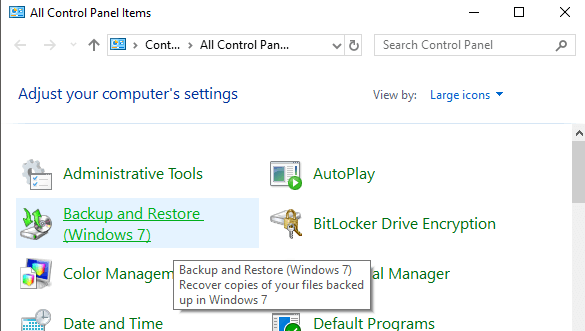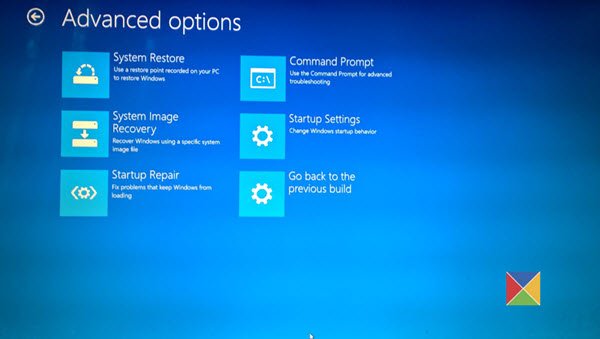
:no_upscale()/cdn.vox-cdn.com/uploads/chorus_asset/file/19993829/restore_point_2__1_.png)

Note: Remove everything > Change settings gives you two options.ĭata erasure On removes files and cleans the drive. Reinstalls Windows 11 and removes your personal files. Removes any apps your PC manufacturer installed. Keep my files > Change settings > Preinstalled apps Off Restores any apps your PC manufacturer installed. Reinstalls Windows 11 and keeps your personal files. Keep my files > Change settings > Preinstalled apps On Next to Reset this PC , select Reset PC. Then choose from the options and/or settings in the table below. Select Start > Settings > System > Recovery. Resetting reinstalls Windows 11, but lets you choose whether to keep your files or remove them, and then reinstalls Windows. You can reset your PC from Settings, the sign-in screen, or by using a recovery drive or installation media. Important: If you’ve encrypted your device, you’ll need your BitLocker key to reset your PC If you don’t know your BitLocker key, see Find my BitLocker recovery key. You suspect your device has been infectedĬlick one of the recovery options below and follow the steps to try to get things working again. Your PC isn't working well and you recently installed an app Go back to your previous version of Windows You want to reinstall your previous operating system

Use a recovery drive to restore or recover your PC Your PC won't start and you've created a recovery drive Use installation media to restore your PC Your PC won't start and you haven't created a recovery drive Use installation media to reinstall Windows 11 Your PC won't start, you haven't created a recovery drive, and resetting your PC didn't work Your PC isn’t working well and it’s been a while since you installed an app or changed system settings
#Setup system recovery windows 10 update
Your PC isn't working well and you recently installed an update If you're having problems with your PC, the following table can help you decide which recovery option to use.


 0 kommentar(er)
0 kommentar(er)
